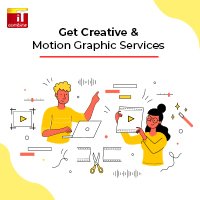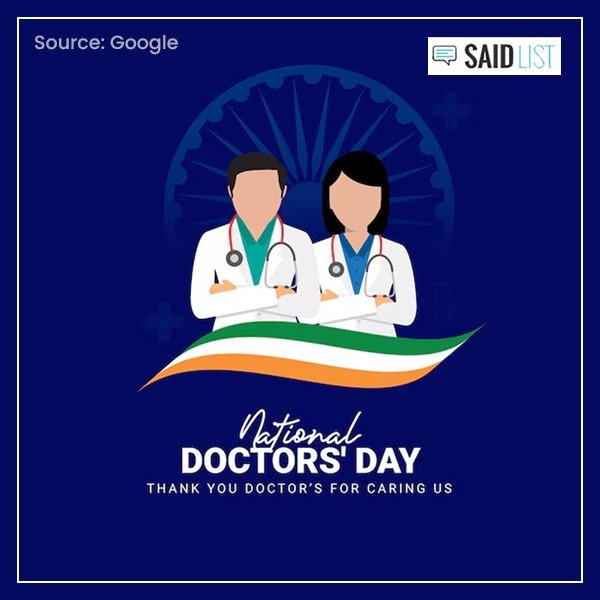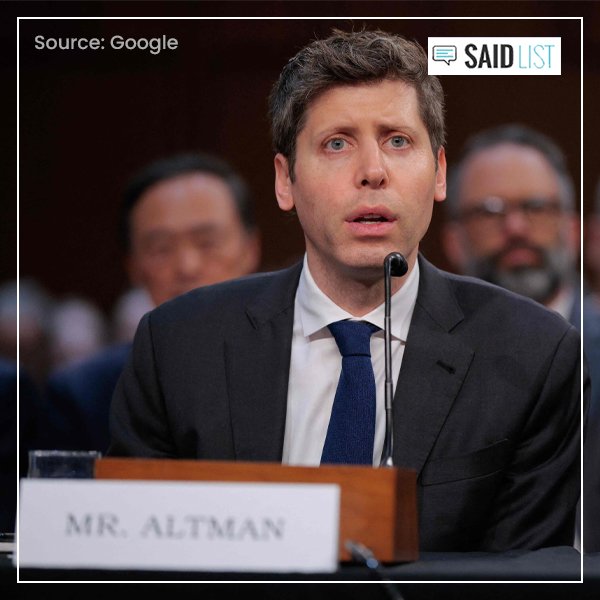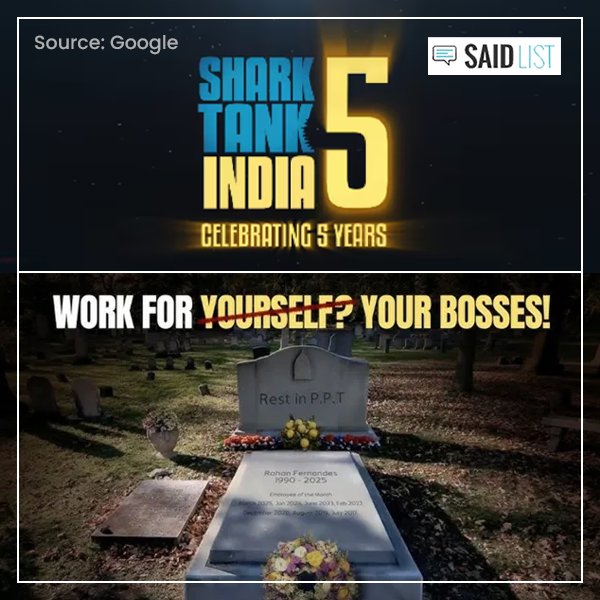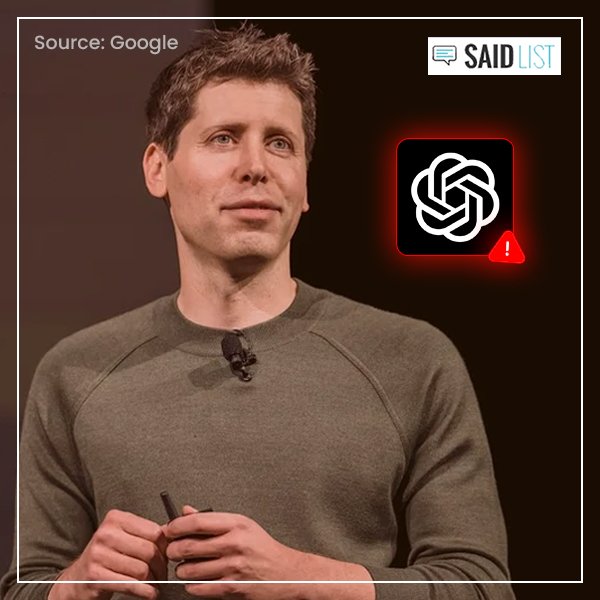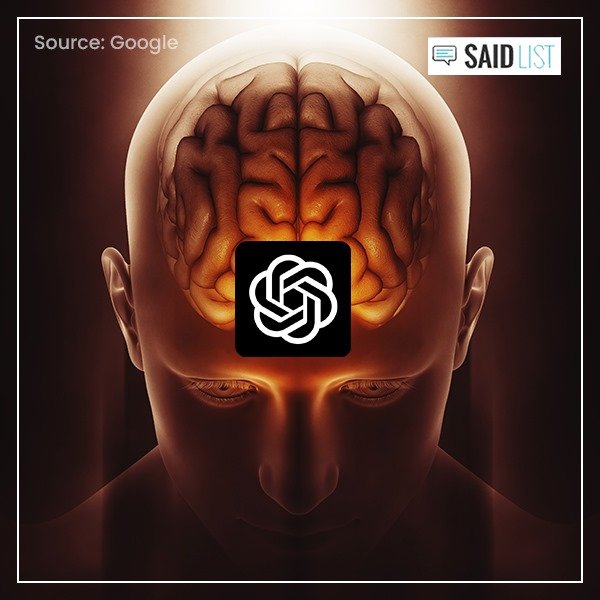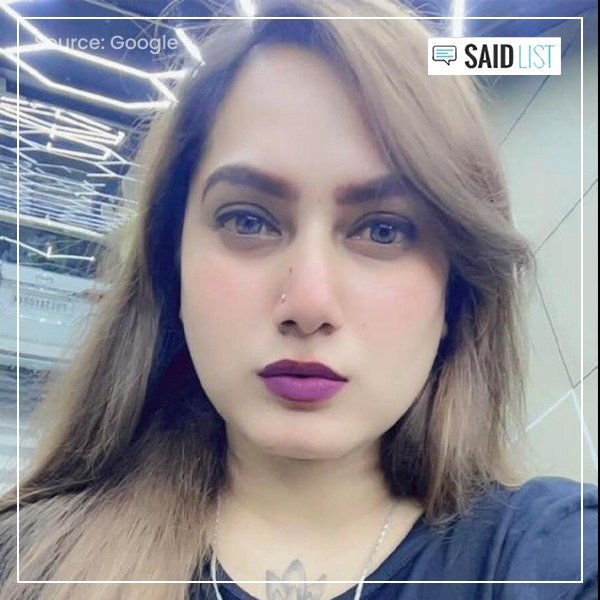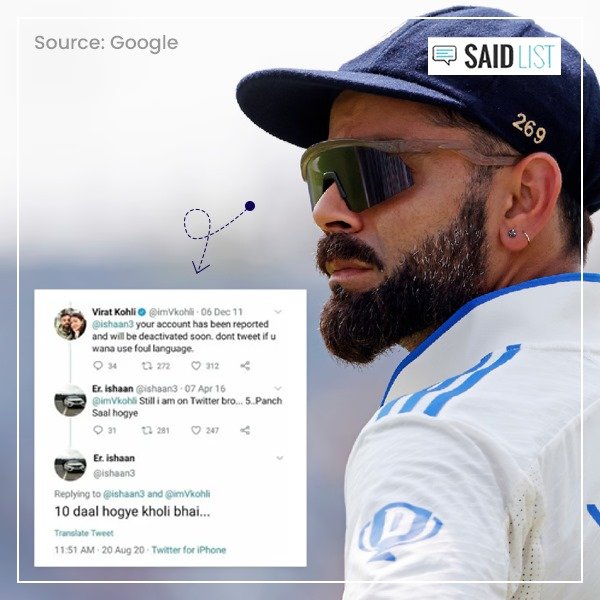The internet has once again found itself captivated by an AI trend—this time, it’s OpenAI’s ChatGPT generating stunning images in the distinctive style of Studio Ghibli. From whimsical portraits of friends and pets to reimagining of iconic movie scenes, social media platforms are flooded with AI-Generated Ghibli Art.
With its nostalgic, hand-drawn charm and soft pastel colors, the Ghibli aesthetic has long been beloved by anime fans worldwide. Now, OpenAI’s AI image generator is making it easier than ever for users to see themselves and their favorite pop culture figures transformed into characters straight out of a Miyazaki film. But while the trend has taken the internet by storm, it has also sparked debate among artists and animation purists.
Here in this article, we’re investigating why Studio Ghibli’s art is magical, why Ghibli-style art made with AI became a hit online, and why there was so much controversy about this internet viral trend.
What Is Studio Ghibli’s Art Style?
Let’s dive into breaking down why Studio Ghibli is so iconic before we tackle everybody’s craziness with this new AI software.
Studio Ghibli, the studio of legendary animator Hayao Miyazaki, is renowned for:
- Hand-drawn animation: As opposed to the computer animation of modern times, Ghibli films have a homemade, down-to-earth quality about them that bestows every frame with a certain warmth and personality.
- Pastel and muted tones: Ghibli movies are fond of soft, watercolor tones that create a feeling of nostalgia and tranquility.
- Rich backgrounds: Every scene is filled with rich, immersive environments that bring the worlds into being.
- Emotional characters: Ghibli characters are crafted uniquely—each usually with enormous, emotional eyes and few facial expressions that are nevertheless able to convey deep emotions.
- Magical realism: The studio blends real life and fantasy to draw an otherworldly reality within their movies.
These qualities have established Studio Ghibli as the world’s most renowned animation studio, with My Neighbor Totoro, Spirited Away, and Howl’s Moving Castle holding a very special place in the hearts of millions.
The Rise of AI-Generated Ghibli Art
On March 27, OpenAI introduced a new ChatGPT feature that enables users to generate images in countless styles—such as Studio Ghibli style. In the flash of an eye, social media was filled with AI-created Ghibli art.
How It Works
The AI model uses advanced image-generation technology powered by OpenAI’s GPT-4o. Users can simply upload a photo or describe an image prompt, and within seconds, the AI transforms it into a beautifully detailed Ghibli-style illustration.
Some of the most viral AI-generated images include:
- Pop culture crossovers: Elon Musk and Donald Trump in a whimsical Ghibli setting.
- Movie transformations: The Lord of the Rings characters reimagined in Ghibli’s soft, watercolor aesthetic.
- Memes: Funny online moments with a dreamy, hand-drawn twist.
- Personal portraits: Fans turning themselves, their pets, and their families into anime characters.
Brands have also picked up on this, using AI-generated Ghibli-style art in their ad campaigns to attract people visually.
Why Is the Internet Obsessed with AI-Generated Ghibli Art?
There are several reasons why this trend went viral in an instant:
1. Nostalgia Factor
Everyone grew up on Studio Ghibli movies, so this AI painting is an emotional and bittersweet experience. To see themselves or beloved pop culture idols in the likeness of childhood favorites is a powerful nostalgic response.
2. Anime’s Global Popularity
Anime has a huge global following, with studies showing that almost 72% of Americans view anime on a regular basis. Having one’s image reproduced as a high-definition anime-style drawing is a tempting idea for anime fans.
3. Ease of Use and Accessibility
Before AI, creating Ghibli-style artwork required hours of skilled hand-drawn work. Now, with OpenAI’s tool, anyone can generate professional-looking anime art in seconds, making it widely accessible.
4. Social Media’s Viral Nature
Visually stunning and highly shareable, AI-generated Ghibli images spread quickly across platforms like Twitter (X), Instagram, and Reddit. The novelty of the trend keeps people engaged, as they challenge each other to create and share new images.
The Controversy: What Does Hayao Miyazaki Think?
While many fans are embracing the trend, some artists and animation purists are expressing concerns about the use of AI to replicate Ghibli’s style.
An old 2016 video of Hayao Miyazaki resurfaced amid the trend, showing his strong disapproval of AI-generated animation. During an AI demonstration, Miyazaki famously said:
“I would never wish to incorporate this technology into my work at all. I strongly feel that this is an insult to life itself.”
Many artists agree, arguing that using AI to mimic Ghibli’s handcrafted style disregards the years of effort, emotion, and skill that go into traditional animation. Illustrator Jayd “Chira” Ait-Kaci criticized the trend, calling it “insidious and malicious” given Miyazaki’s outspoken disapproval of AI in animation.
Despite these ethical concerns, the trend shows no signs of slowing down.
How to Create AI-Generated Ghibli Art
For those interested in trying it out, here are some AI prompts that yield the best results:
“Create a Studio Ghibli-style character from my photo, capturing intricate details and a whimsical feel.”
“Imagine me as a character in a Ghibli film and depict how I would look.”
“Convert this image into a hand-drawn animated artwork with watercolor effects, soft organic lines, and a warm color palette.”
“Maintain the original composition while adding a dreamy, magical quality with smooth color blending and a slightly surreal, whimsical atmosphere.”
These prompts ensure that the AI captures the essence of Ghibli’s aesthetic while maintaining a personalized touch.
Will OpenAI Continue Offering Ghibli AI Art?
Originally introduced as a free feature, OpenAI CEO Sam Altman revealed that due to the overwhelming demand, access to the AI image generator has been limited to paid users. While this has frustrated some, it’s likely that OpenAI will refine the tool further before making it widely available again.
Altman himself joined in on the trend, changing his profile picture on X to a Ghibli-style version of himself and joking:
“Wake up one day to hundreds of messages: ‘look I made you into a twink Ghibli style haha.’”
As technology advances further with artificial intelligence, it’s certain that software like this will continue to advance, providing even more for creative art.
Conclusion
The AI-generated Ghibli art trend took the internet by storm with its mashup of nostalgia, anime fandom, and technology. While it is a thrilling prospect for artistic expression, it also raises ethical issues about the future of animation and art integrity.
Whether you love the trend or side with Miyazaki in opposition to AI-generated art, one thing is clear: AI’s role in creative industries is only beginning. How it evolves from here will shape the future of digital art, animation, and beyond.

